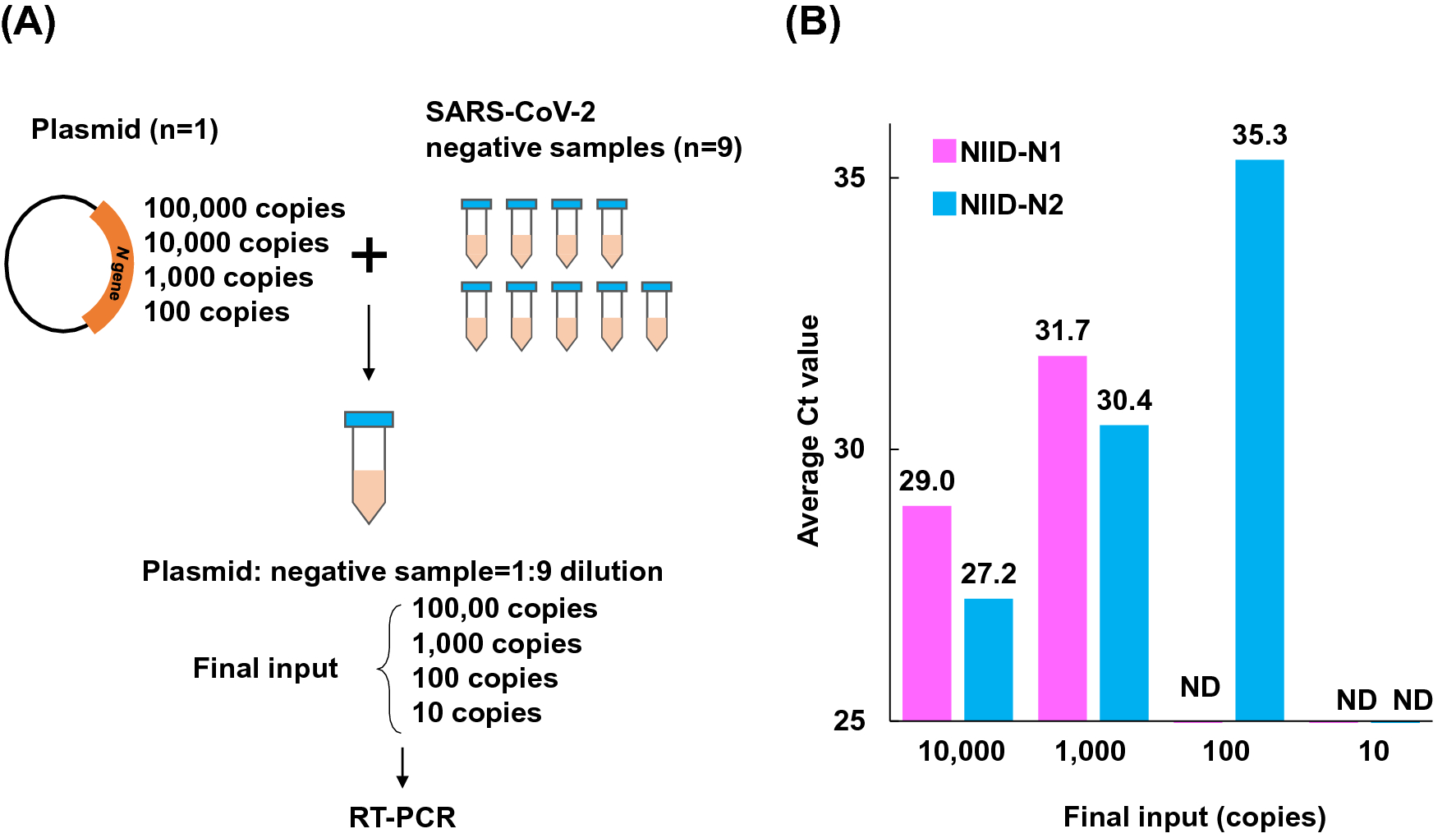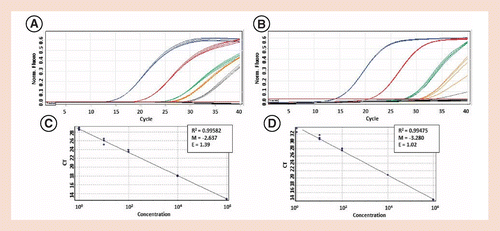

Be sure that the first couple of experiments will be complicated but then you'll get it, and it will be smoother. About serial dilution of cDNA were amplified by real-time PCR - How to do serial dilution of cDNA (Feb/17/2011 ) HI,ALL i am gona do real-time PCR ,but main question is to identify the efficiency of amplification about both target gene and internal gene. QPCR is an incredible method to check if our pipetting skills are good or not. work with mastermixes and use distripipette for distributing the mix, 3 technical replicates per condition are fine, add your DNA with a multipipette To illustrate this difference, we reanalyzed qPCR data of patients and dilution series for 63 assays (online Supplemental Dataset 2). Maybe read that method before picking your primers and controls. 8) or determined from the amplification curves of the individual reactions of the dilution series (E amc, Eq. learn how to perform the delta-delta Ct method, the most common to analyze your results. aliquot your primers in a 10uM stock to avoid degradation. always use proper controls based on your experiment progression dilution series, in which for a known concentration difference and efficiency of. When you feel comfortable with pipetting, you can reduce it to 10ul or even 5. US20150165440A1 - QPCR Analysis Apparatus - Google Patents. think about your final volume of reaction : you can do it in 20ul final if you want to start easily, but it will be expensive. Imo, this is where you get the most reliable data. when your primers are fine, adjust your DNA concentration to get a Ct between 20 and 30. The best practice is to run a 5-point standard curve with 10-fold dilutions for every new primer pair and make sure you can get at least 90 qPCR efficiency with control DNA. qPCR efficiency can be influenced by a number of factors. You should get a 3.3 Ct difference with a 10 times dilution Don’t assume that every set of primers you order is going to work as well as the last. The higher your Ct is, the lower your target concentration. The idea is to perform a 10 times serial dilution of your DNA, from 10 0 to 10 -6 and check the Ct (Cycle threshold) you get.

pick your sets of primers and test them in a serial dilution. Let's say multiply 0.55568 and 0.9943 with 700 and then follow the above steps, finally you will get 175.QPCR is not extremely difficult to run, you just have to follow a few steps properly before starting.

In above example you can play with any other factor and in the last you will get the number 175. Now to check this, simply divide 497.15 / 2.84 = 175, which is your dilution factor, means your calculations are right. So just take 2.84 ul from your main stock of 176 ng / ul and add 497.15 ul diluent and you have then 1 ng in 500 uL total volume and just take 5 ul of it for your work and safe the rest. Same factor you need for the diluent too (water or buffer) hence 0.9943 x 500 = 497.15 ul So now for example 0.00568 x 500 (which is purely my assumed factor) = 2.84 ul (so that I can reach to a certain volume which can be easily picked by pipettes)

So for such values multiply by any factor, which can give you decent amount in hand, which can also be picked through pipettes and in the end you have good volume for successive experiments as well. So, 1 ng in 1/176 = 0.00568 -1 = 0.9943 (diluent you need), but to take 0.00568 ul sample from your stock is impossible by any pipette and also if you add 0.9943 diluent into this so it will never make 5 ul. You want 1 ng / ul in 5 ul, which means 5 ng / 5 ul (as your each ul contains 1 ng). Hi Waqas, just out of the box in another way you can solve it.


 0 kommentar(er)
0 kommentar(er)
